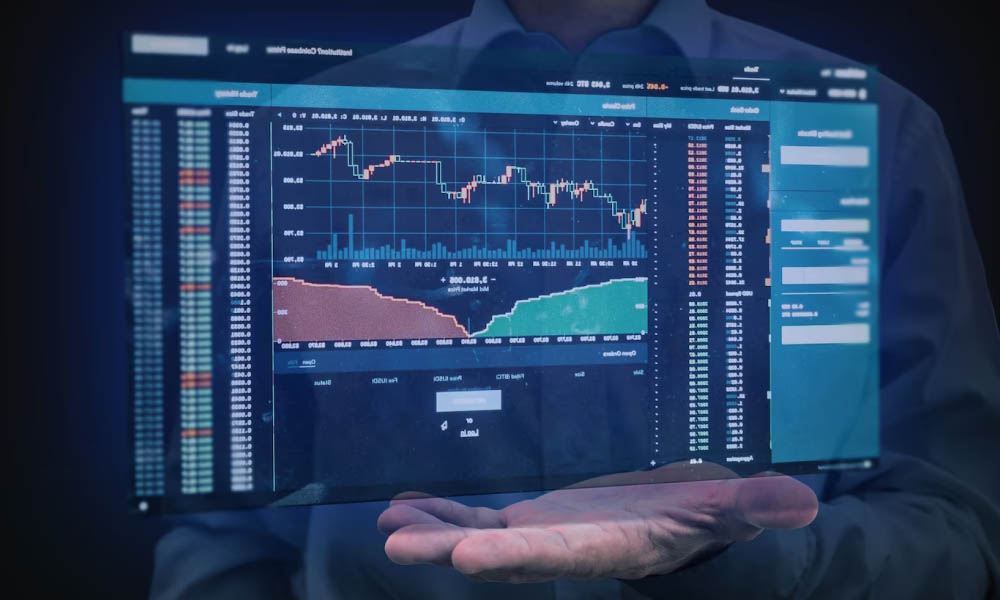
Mastering the Market: Crypto Trading Real-Time Insights
The cryptocurrency market has taken the financial world by storm, revolutionizing how we think about trading and investments. With its volatility and rapid price movements, crypto trading demands that investors remain alert and ready to act. In this article, we will explore the vital aspects of crypto trading in real-time, giving you the tools and insights needed to navigate this exciting landscape. From understanding market trends to utilizing advanced trading platforms, we will cover it all. If you’re looking to enhance your knowledge, Crypto Trading Real-Time click here for additional educational resources.
Understanding Crypto Trading
Crypto trading is the process of buying and selling digital currencies with the aim of making a profit. Unlike traditional stock trading, which operates within set hours, the crypto market is open 24/7, meaning that traders can execute trades at any time. This continuous operation creates opportunities for real-time trades, making it essential for traders to monitor market movements closely.
The Importance of Real-Time Data
In crypto trading, staying updated with real-time data is crucial. The prices of cryptocurrencies can fluctuate wildly in a matter of seconds, and having access to real-time charts, news, and market analytics can make or break your trading strategy. Many platforms now offer sophisticated tools and integration with APIs that allow for instantaneous updates, providing traders with the necessary edge to capitalize on market movements.
Trading Strategies for Real-Time Markets

There are several strategies that traders can employ to take advantage of real-time market conditions. Below are some of the prominent ones:
- Scalping: This involves making numerous trades over short periods, aiming to profit from small price changes. Scalpers often rely on real-time data and rapid execution to succeed.
- Day Trading: Day traders buy and sell positions within a single trading day, ensuring they do not hold open positions overnight. This strategy requires constant monitoring of the market.
- Swing Trading: While not as fast-paced as scalping or day trading, swing trading takes advantage of price “swings.” Traders use real-time data to find optimal entry and exit points during these movements.
Utilizing Advanced Trading Platforms
Advanced trading platforms have become indispensable tools for real-time crypto trading. These platforms offer features such as real-time charts, technical analysis tools, and automated trading options. Some popular platforms include:
- Binance: One of the largest crypto exchanges, Binance provides advanced charting tools and a user-friendly interface.
- Coinbase Pro: Known for its security and reliable performance, Coinbase Pro offers advanced features for serious traders.
- Kraken: Kraken is popular for its comprehensive trading services and sophisticated security measures.
Market Trends and Indicators
Understanding market trends is vital for effective trading. Various indicators can help traders make sense of price movements. Commonly used indicators include:

- Moving Averages: These help traders identify trends by smoothing out price data, making it easier to spot potential breakout points.
- Relative Strength Index (RSI): RSI measures the speed and change of price movements, indicating overbought or oversold conditions.
- Bollinger Bands: This indicator provides a range of price action, helping traders understand volatility and potential reversal points.
Risk Management in Real-Time Trading
Risk management is crucial when engaging in real-time trading. The crypto market is known for its high volatility, and traders should have a clear risk management strategy in place. Key strategies include:
- Setting Stop-Loss Orders: These orders automatically sell a cryptocurrency when it reaches a certain price, helping traders minimize losses.
- Position Sizing: Determining the appropriate amount to invest in each trade based on your overall portfolio can help in managing risk effectively.
- Diversification: By spreading investments across different cryptocurrencies, traders can reduce the impact of a poor-performing asset on their overall portfolio.
The Future of Crypto Trading
As technology continues to evolve, the future of crypto trading looks promising. Innovations such as AI and algorithmic trading are becoming more prevalent, allowing traders to automate their strategies and enhance decision-making processes. Furthermore, increased regulatory clarity and institutional adoption may lead to a more stable trading environment, attracting more participants into the crypto space.
Conclusion
The realm of crypto trading in real-time presents both challenges and opportunities. By understanding market dynamics, utilizing advanced tools, and implementing robust trading strategies, traders can navigate this ever-changing environment with confidence. Continuous education and adaptation to market conditions are key to long-term success in crypto trading. Whether you’re a seasoned trader or just starting, staying vigilant and informed will serve you well in your trading journey.

